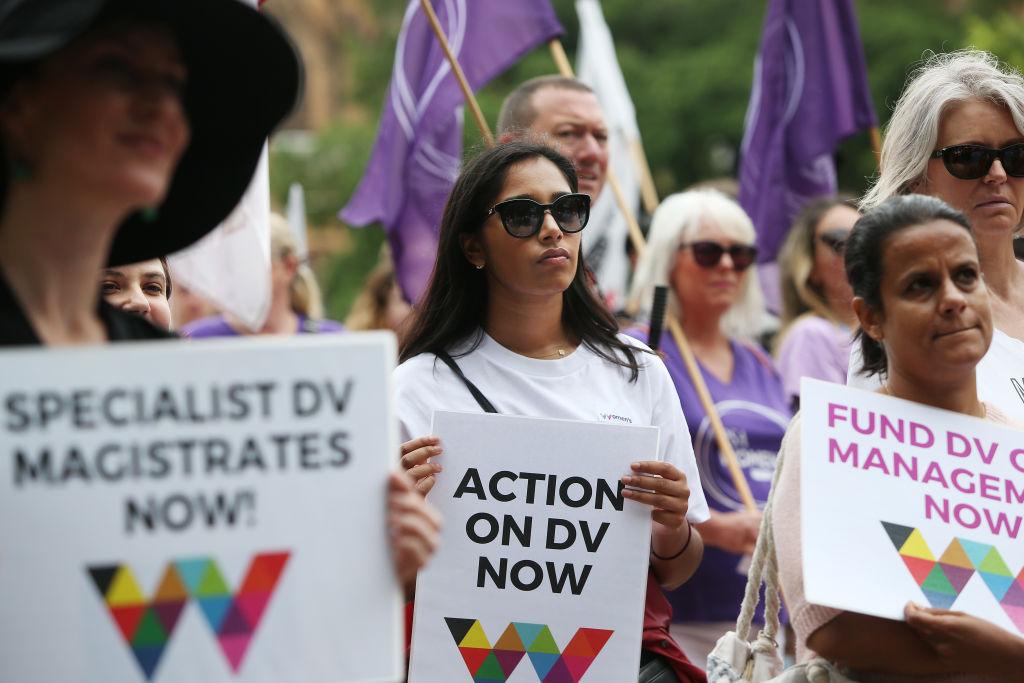The Australian federal, state, and territory governments released a national plan to end domestic violence against women and children within a generation.
The National Plan to End Violence against Women and Children, released on Oct. 17, provides a 10-year blueprint to end “gender-based violence.”





